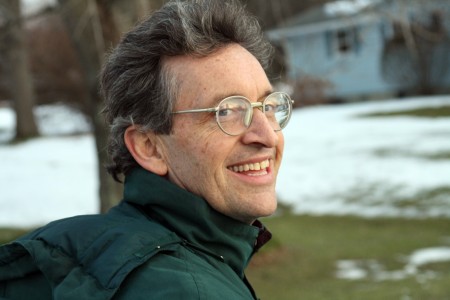From the media coverage, it seems that attitudes at Canada’s recent polar bear summit clustered around two positions: that climate change is a profound threat to the species, and that the species has been doing well in recent times. While a lot of the coverage is focused on supposedly different kinds of knowledge, I am not sure if there is much factual disagreement here. The issue isn’t the current size of the polar bear population, or how it compares with the size a few decades ago. The issue is whether a major threat to the species exists and can be anticipated, as well as how polar bear populations ought to be managed in the next while.
One quote from Harry Flaherty, chair of the Nunavut Wildlife Management Board, seems rather telling:
[Researchers and environmental groups] are using the polar bear as a tool, a tool to fight climate change. They shouldn’t do that. The polar bear will survive. It has been surviving for thousands of years.
This sits uneasily beside the knowledge that atmospheric concentrations of carbon dioxide are already higher than they have been in more than 650,000 years and they are on track to become much higher still. In short, because of climate change, the experience of the last few thousand years may not be very useful for projecting the characteristics of the time ahead. This is especially true in the Arctic, given how the rate of climatic change there is so much higher than elsewhere.
On the matter of polar bear hunting, the appropriate course of action is less clear. Hunting in a way that does not, in and of itself, threaten polar bear populations might be considered sustainable. At the same time, it might be viewed as just another stress on a population that will be severely threatened by climate change. Given the amount of climate change already locked into the planetary system, it does seem quite plausible that the polar ice will be gone in the summertime well before 2100 and that all of Greenland may melt over the course of hundreds or thousands or years. I don’t know whether polar bears would be able to survive in such circumstances. If not, the issue of how many of them are to be hunted in the next few decades isn’t terribly important. It seems a bit like making an effort to ration food on the Titanic.
If we want to save polar bears, we will need to make an extremely aggressive effort to stabilize climate. Meeting the UNFCCC criterion of “avoiding dangerous anthropogenic interference in the climate system” would not be enough, since polar bears are likely to be deeply threatened by a level of overall change that doesn’t meet most people’s interpretations of that standard.








